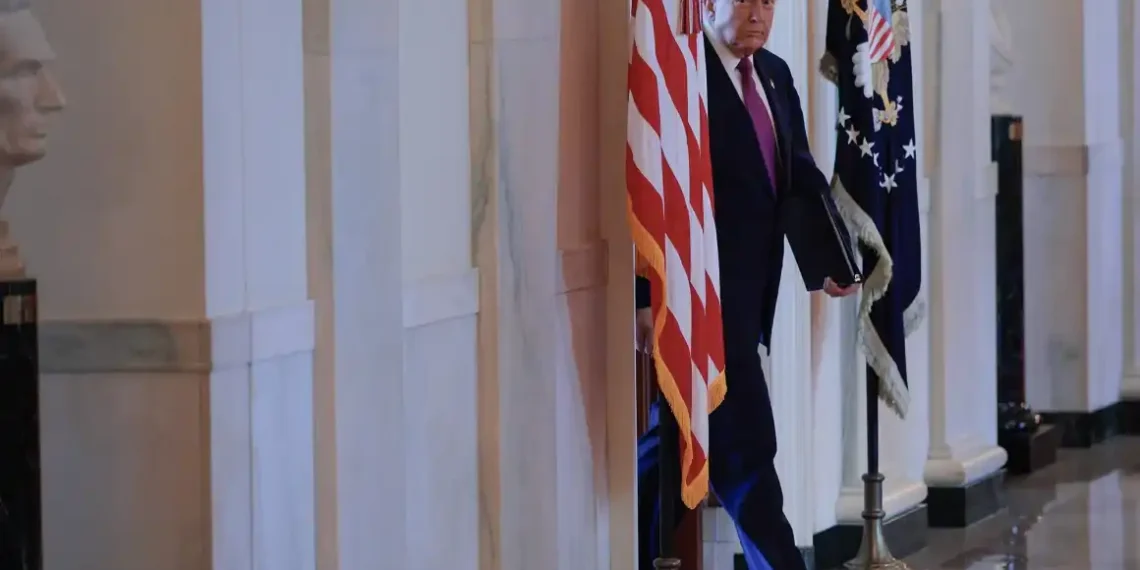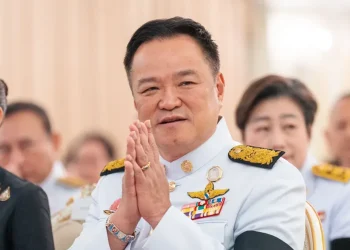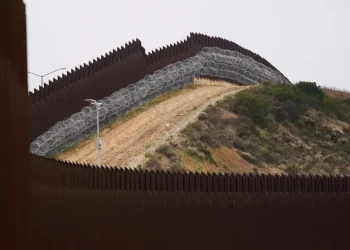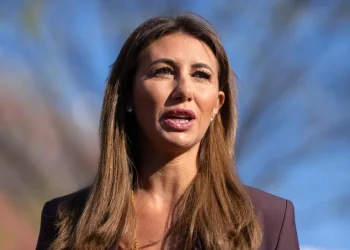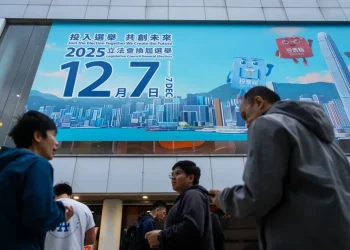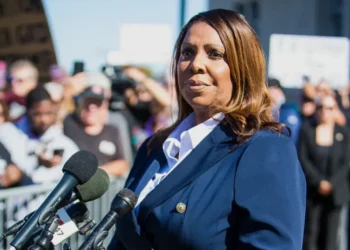World Leaders Head to G7 Summit With Trade Talks Unavoidable—Even Amid Global Tensions
As world leaders prepare to gather in the Canadian Rockies for this year’s G7 summit, the headlines may be dominated by Israel’s unprecedented strike on Iran—but behind the scenes, trade is poised to be just as urgent a topic.
With less than a month before President Donald Trump’s self-imposed July 9 deadline on sweeping new tariffs, nations are scrambling to avoid what could become a full-blown trade crisis.
“You can’t afford not to talk about it, from any country’s perspective,” said Josh Lipsky, chair of international economics at the Atlantic Council.
The Clock Is Ticking on Trump’s Trade Ultimatum
At the center of it all is Trump’s warning: without new trade deals, dozens of countries—including some of America’s closest allies—could face sharply higher tariffs. The president has floated so-called “reciprocal” rates that could reach up to 50% on some imports.
While Trump has hinted at the possibility of extending the deadline for countries “negotiating in good faith,” Treasury Secretary Scott Bessent made clear last week that such leniency won’t be automatic.
So, while international security will still command attention, trade is very much on the official agenda—unless, as economist Maurice Obstfeld put it, “the security situation becomes world-threateningly grave.”
Tariffs Are Already Taking a Toll
Trump’s 10% blanket tariff, combined with targeted hikes of 50% on steel, 25% on aluminum, and a proposed 25% on cars, is starting to ripple through global markets.
In the UK, new data shows the economy contracted in April at a rate not seen in nearly two years—thanks largely to a historic drop in exports to the U.S.
And that’s just the beginning. The World Bank recently warned that this decade could bring the weakest stretch of global growth since the 1960s. A major factor: uncertainty around U.S. trade policy.
According to the Bank’s latest projections, the U.S. and Europe are expected to face some of the steepest growth slowdowns due to reduced trade and mounting tariff tensions.
Every Leader Wants a Deal—But Can They Get One?
Trump administration officials say the president is laser-focused on making U.S. trade “fair and reciprocal,” and that it will be a central point of discussion at the summit.
Japan’s Prime Minister Shigeru Ishiba has already confirmed that his one-on-one with Trump will zero in on their ongoing trade negotiations. But don’t expect a major announcement.
“Even if they’re close to a deal, it doesn’t make sense to announce it in front of other leaders and give Trump that leverage,” said Lipsky. Still, a public signal that progress is being made—especially with Japan—seems likely.
Alongside the G7 countries (U.S., Japan, UK, France, Germany, Italy, and Canada), this year’s summit will also host leaders from the EU, Australia, India, Brazil, Mexico, South Korea, South Africa, and Ukraine.
EU Talks Remain the Big Wild Card
If there’s one relationship on thin ice, it’s the U.S.-EU trade dynamic.
Just two weeks ago, Trump threatened a massive 50% tariff on EU exports, accusing leaders of stalling talks. Days later, after a phone call with EU Commission President Ursula von der Leyen, he eased off—at least for now.
European officials, according to Obstfeld, would gladly strike a deal that lowers tariffs without giving up too much. But they’re unlikely to scrap their value-added tax (VAT)—a sticking point Trump has repeatedly called “unfair” to U.S. exporters.
And even though Trump is expected to meet with French President Emmanuel Macron, German Chancellor Friedrich Merz, and Italian Prime Minister Giorgia Meloni, trade likely won’t dominate those chats. That’s because von der Leyen is the EU’s lead negotiator—creating, as Lipsky puts it, “a strange dynamic” when it comes to hashing out trade policy in bilateral meetings.
This article was rewritten by JournosNews.com based on verified reporting from trusted sources. The content has been independently reviewed, fact-checked, and edited for accuracy, neutrality, tone, and global readability in accordance with Google News and AdSense standards.
All opinions, quotes, or statements from contributors, experts, or sourced organizations do not necessarily reflect the views of JournosNews.com. JournosNews.com maintains full editorial independence from any external funders, sponsors, or organizations.
Stay informed with JournosNews.com — your trusted source for verified global reporting and in-depth analysis. Follow us on Google News, BlueSky, and X for real-time updates.
